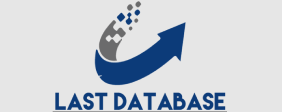Email marketing is a powerful tool that businesses can use to reach their target audience, build relationships, and generate leads. However, to get the most out of email marketing, businesses need to use lead scoring and segmentation. Lead scoring is the process of assigning a numerical value to each lead based on their potential value to the business. This value can be based on factors such as the lead’s contact information, engagement with the business’s website or marketing materials, and purchase history. Segmentation is the process of dividing leads into groups based on common characteristics or interests.
This allows businesses to send more
By using lead scoring and segmentation, businesses can: Identify their most valuable leads and focus their marketing efforts on them. Send more targeted and relevant emails to their leads, which can increase engagement and conversion rates. Personalize their emails to each lead, which can build stronger relationships and drive more sales. Here are some ways businesses can leverage email marketing for lead scoring and segmentation: Track lead behavior. Businesses can track lead behavior by using email marketing software to track opens, clicks, and website visits.
This information can be used to assign
Use lead scoring rules. Businesses can create lead scoring rules to automatically assign a score to each lead based on their behavior. For example, a lead could be awarded points for opening an email, clicking on a link, or downloading a white paper. Use lead personas. Businesses can create lead personas to represent different types of leads. This information can be used to segment leads into groups based on their demographics, interests, and needs. Use email automation. Businesses can use email automation to send personalized emails to leads based on their lead score or persona.






